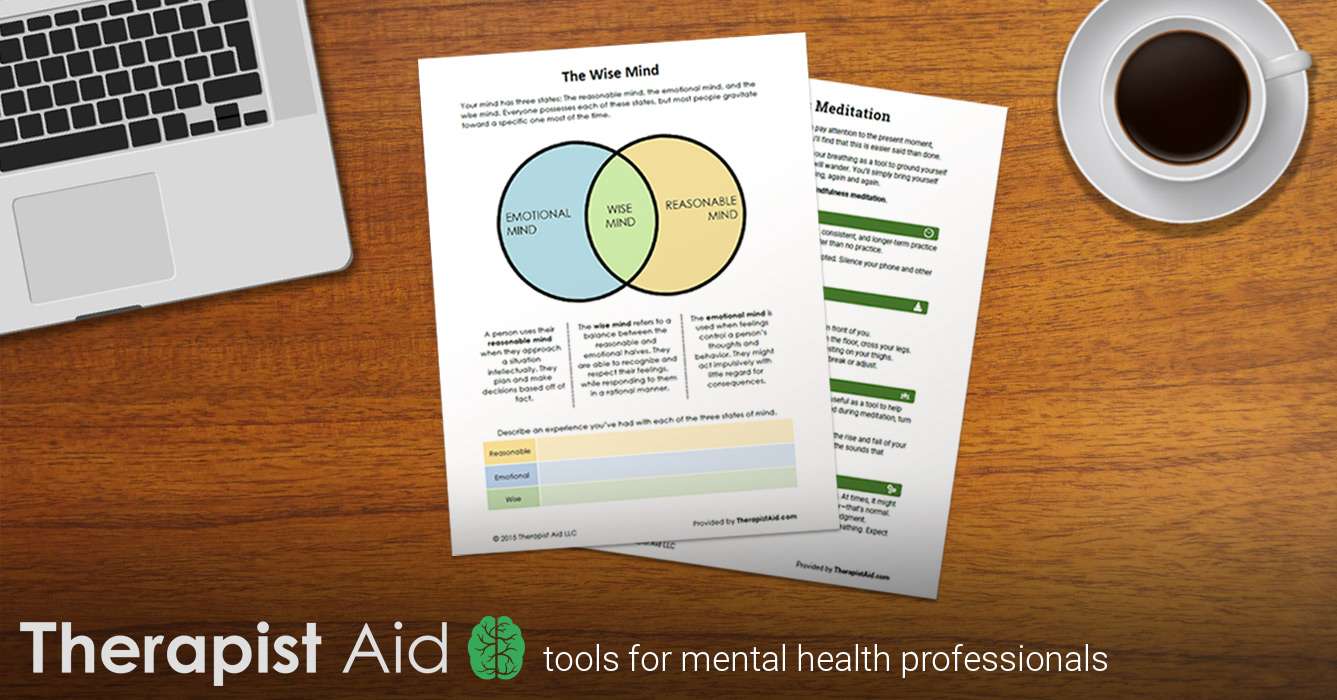How Psychoanalytic Treatment Works
Psychoanalytic treatment is based on the idea that people are frequently motivated by unrecognized wishes and desires that originate in one’s unconscious.
These can be identified through the relationship between patient and analyst. By listening to patients’ stories, fantasies, and dreams, as well as discerning how patients interact with others, psychoanalysts offer a unique perspective that friends and relatives might be unable to see. The analyst also listens for the ways in which these patterns occur between patient and analyst. What is out of the patient’s awareness is called, “transference” and out of the analyst’s awareness is called “countertransference”.
Talking with a trained psychoanalyst helps identify underlying problematic patterns and behaviors. By analyzing the transference and countertransference, analyst and patient can, discover paths toward the emotional freedom necessary to make substantive, lasting changes, and heal from past traumas.
Typically, psychoanalysis involves the patient coming several times a week and communicating as openly and freely as possible. While more frequent sessions deepen and intensify the treatment, frequency of sessions is worked out between the patient and analyst.
The couch, which has become so intertwined with the public image of psychoanalysis, is no longer required. While many analysts and patients find that the couch is beneficial and helps patients relax and be more open, others feel a face-to-face arrangement works better for them.
About Psychoanalytic Psychotherapy
Sometimes also called psychodynamic psychotherapy, this treatment method is based on the theory and technique of psychoanalysis. The primary difference is that the patient and analyst meet less frequently, sometimes only once a week. As with psychoanalysis, the frequency of sessions can be customized to the needs of the patient. Another difference is that the patient usually sits upright and opposite the therapist, rather than reclining on a couch with the therapist out of view.
Other than these differences, psychoanalytic psychotherapy is very much like analysis in its use of free association, the importance placed on the unconscious, and the centrality of the patient-therapist relationship.
About Applied Psychoanalysis
Applied psychoanalysis describes the practice of using psychoanalytic theories and methods to explain social, cultural and political phenomena and has been going on since psychoanalysis first began.
Applied psychoanalysis takes the search for meaning and motivations outside of the therapist’s office, using psychoanalytic principles to make sense of the world.
Psychoanalysts have been known to work as consultants in community settings, such as schools, businesses and corporations.
About Neuropsychoanalysis
The connection between neuroscience and psychoanalysis goes back to Sigmund Freud, who was a neuroscientist and neurologist by training. It was Freud’s interest in the workings of the brain and the mind that led to the development of psychoanalytic theory.

The analytic couch is often used to increase freedom of thought and self-expression.
Psychoanalysis is a method of intensive therapy that helps people understand their own mind, especially how they experience relationships, and what drives their thoughts, feelings, wishes, and behavior. Psychoanalysis privileges subjective experience and more deeply understanding how the past, especially early life experiences and family dynamics, linger into the present, and have profound effects on our present lives, usually outside our awareness.
Through self-exploration you can discover inner resources to live life more fully.
You and your analyst work collaboratively to identify and understand the meaning of your emotional reactions, thoughts, memories, fantasies, and dreams in an effort to alleviate personal suffering. This form of therapy has allowed many people to make profound and fundamental changes in their lives, resulting in a greater capacity for work, love, play, and creativity.
An evaluation by an MPI psychoanalyst will help determine the best possible recommendation for treatment. We look at your unique life story, strengths, challenges, and inner life to help determine how to help you.
Psychoanalysis is a collaboration in which the patient and analyst work together to explore unconscious feelings, thoughts and conflicts through talk.
Free association is when a person in treatment freely shares thoughts, words images, feelings, and anything else that comes to mind.
Psychoanalysis is sometimes called the “talking cure” because each patient is encouraged to talk about anything that comes to mind. Nothing is off limits. Through the process of this unrestricted talking, people learn how they came to be who they are and why they do and feel the things they do. It is this understanding of oneself that paves the way toward the emotional freedom necessary to make substantive, lasting positive changes in self-perception, self-esteem, mood, anxiety, relationships, and troubling behavior.
Psychoanalytic treatment demonstrates how unconscious factors affect current relationships and patterns of behavior, and traces them back to their origins.
What It Can Help You With & How
The proven effectiveness of psychoanalytic psychotherapy and psychoanalysis is based on learning about oneself within the interaction between you and your analyst. Most people experiencing distress in their lives can benefit from in-depth therapy. A consultation is the best way of determining if you can benefit.
The Benefits
A Psychoanalyst Can Help You…
- Get relief from painful emotional symptoms.
- Feel understood as a unique individual.
- Improve your personal relationships.
- Become more productive at work.
- Take more pleasure from life.
- Change lifelong ways of coping that just aren’t working.
- Understand feelings and behaviors that just don’t make sense.
- Gain greater control over your life.
- Stop self-destructive patterns of behavior.
- Understand yourself.
- Prevent the past from interfering in the present.
- Talk things over in a safe and private environment.
- Unlock your creative potential.
Help for Serious Conditions
Some of the serious conditions treated by psychoanalytic therapy and psychoanalysis include:
- Anxiety and stress
- Depression
- Work difficulties
- Gender and sexuality issues
- Relationship issues
- Low self esteem
- Self harm
- Unresolved grief and loss
- A sense of emptiness and hopelessness
- Coping with physical illness
- School and learning issues
- Difficulty coping with feelings or thoughts
How Psychoanalysis Helps: The Talking Cure
Psychoanalytic treatment is based on the idea that we are frequently motivated to act by impulses that we don’t recognize because they originate in our unconscious. If we are too conflicted about our unconscious wishes, these conflicts can create negative feelings – emotions such as unhappiness, anxiety, or depression – which can be expressed in many ways, including self-destructive behavior, or difficulties with personal relationships or work.
Psychoanalytic treatment demonstrates how these unconscious factors affect current relationships and patterns of behavior, and traces them back to their origins. A psychoanalyst would be interested to help you learn and recognize how these unconscious factors have changed and developed over time, and then can work to help you to deal better with the realities of life.
Analysis is an intimate partnership, in the course of which the patient becomes aware of the underlying sources of his or her difficulties not simply intellectually, but emotionally – by re-experiencing them with the analyst. Typically, the patient comes four or five times a week, lies on a couch, and attempts to say everything that comes to mind. These conditions create the analytic setting, which permits the emergence of aspects of the mind not accessible to other methods of observation. As the patient speaks, hints of the unconscious sources of current difficulties gradually begin to appear – in certain repetitive patterns of behavior, in the subjects which the patient finds hard to talk about, in the ways the patient relates to the analyst.
The analyst helps describe these for the patient, who refines, corrects, rejects, and adds further thoughts and feelings. During the years that an analysis takes place, the patient wrestles with these insights, going over them again and again with the analyst and experiencing them in daily life, in fantasies, and in dreams. Patient and analyst join in efforts not only to modify crippling life patterns and remove incapacitating symptoms, but also to expand the freedom to work and to love. Eventually the patient’s life – his or her behavior, relationships, sense of self – changes in deep and abiding ways.
Psychoanalysts strive very hard to listen deeply and sensitively to their patients– and to understand. This focus on listening and understanding is one of the dynamics that separates psychoanalysts from those mental health practitioners.
The key to psychoanalytic treatment is in the relationship the patient develops with the analyst. Typically, psychoanalysis involves the patient coming several times a week, lying on a couch, and communicating as openly and freely as possible.
The frequency of psychoanalytic sessions is something that can be worked out between patient and analyst, but four to five sessions per week is usually recommended by the American Psychoanalytic Association. This frequency allows for the possibility of a deeply personal experience which helps a person come to learn about themselves, their internal conflicts, and what is causing those conflicts to be debilitating.
When a Child or Adolescent Needs Help
There are times when your child is showing signs that they need help. If you think your child might benefit from help, you can discuss with a psychoanalyst what the issues are, and together determine what kind of approach might be the most beneficial.
When a child is depressed or anxious, they may not be able to tell you directly that they are struggling with an emotional issue, but you may see that they are struggling at school or with family members. Psychoanalysis and psychoanalytic psychotherapy with children and adolescents generally uses a different format to account for the developmental stage of the child. Interaction can be based on play, where emotional themes within the play are used to understand with the child the issues that are interfering with optimal emotional and social growth. Working within a psychoanalytic approach can often avoid medications that might interfere with your child’s emotional or social development.
About Psychoanalytic Psychotherapy
Many psychoanalysts also practice psychoanalytic psychotherapy. This method is based on the theory and technique of psychoanalysis, but the primary difference is that the patient and analyst meet less frequently.
Psychoanalysis and Psychoanalytic Psychotherapy work best as long-term treatments.
As with psychoanalysis, the frequency of sessions can be customized to the needs of the patient. Psychoanalytic psychotherapy is very much like analysis in its use of free association, the importance placed on the unconscious, and the centrality of the patient-therapist relationship.
Psychotherapists do not all practice psychoanalytic psychotherapy, so ask about what type of therapy you can expect when you consult with a psychotherapist. The psychoanalysts and psychotherapists affiliated with the Michigan Psychoanalytic Institute and Society all have advanced training in psychoanalytic psychotherapy.
Patient and Colleague Assistance Committee (PACA)
The Patient and Colleague Assistance Committee of the Michigan Psychoanalytic Society and Institute is available to any patient, student, candidate, or faculty member who may have a concern about the competency or ethical behavior of any psychoanalyst whether in an educational or clinical situation. The committee will handle all concerns or complaints confidentially.
An inquiry may be initiated through consulting the co-chairs Harvey H. Falit, M.D. or Maxine Grumet, Ph.D., or any of the committee members: Nancy Blieden Ph.D., Marcy Broder, M.S.W., Charles Burch, Ph.D., Lena Ehrlich, Psy.D., Barbara Kilian, M.D., Ivan Sherick, Ph.D. or Margaret Walsh, Ph.D.
The major thrust of this committee is consultation and mediation. Early discussion of complaints tends to prevent more serious ethical violations in the future. For further information, please contact any of the above listed committee members.




